Food Chain Crafts: Teaching Ecology to Kids
Are you ready to dive into the fascinating world of ecology with your kids? Teaching children about the food chain can be both fun and educational, and what better way to do it than through engaging crafts? This article explores a variety of creative activities designed to help children grasp the essential components of the food chain while having a blast. By incorporating hands-on learning experiences, we can spark curiosity and foster a deeper appreciation for the environment. So, let’s embark on this exciting journey of discovery!
Understanding the fundamental concepts of the food chain is essential for kids. At its core, the food chain illustrates how energy flows through an ecosystem, connecting different organisms in a beautiful web of life. It consists of three main components: primary producers, consumers, and decomposers. Primary producers, like plants, use sunlight to create energy through photosynthesis. Consumers, such as animals, rely on these plants (or other animals) for food. Finally, decomposers break down dead organic matter, returning essential nutrients to the soil. By grasping these concepts, children can appreciate the delicate balance of nature and their role within it.
Hands-on craft ideas allow children to create their own food chain models, making learning both interactive and enjoyable. These activities encourage creativity while reinforcing ecological concepts through visual representation. Imagine your child crafting a vibrant poster that showcases various organisms in a food chain, or perhaps even a 3D model that brings these concepts to life! The possibilities are endless, and the best part is that kids will remember what they've learned because they made it themselves.
Recycling can be an integral part of crafting food chain models. Not only does it promote environmental responsibility, but it also encourages kids to think creatively about how to use everyday materials. For instance, old cardboard boxes, plastic bottles, and scrap paper can be transformed into unique representations of the food chain. This approach not only teaches children about ecology but also instills a sense of resourcefulness and innovation. Plus, it’s a fantastic way to reduce waste while having fun!
A simple and effective craft using paper plates can illustrate different levels of the food chain. Kids can decorate each plate to represent various organisms, such as plants, herbivores, and carnivores. By connecting the plates with strings or paper arrows, they can visually demonstrate how energy flows from one level to another. This activity is not only affordable but also perfect for visual learners who benefit from seeing concepts in action.
Creating 3D dioramas of food chains provides a tactile learning experience that can captivate children’s imaginations. To build an engaging diorama, gather materials like shoeboxes, clay, and natural elements such as leaves or twigs. Kids can sculpt animals and plants, paint backgrounds, and arrange their creations to depict a specific food chain. This hands-on project encourages teamwork, critical thinking, and creativity, making it a memorable learning experience.
Games can enhance understanding of the food chain in a fun and interactive way. Consider organizing a scavenger hunt where kids search for items representing different food chain components in your backyard or local park. Alternatively, you can play a “food chain tag” game, where one child represents a producer, another a consumer, and so on. These activities not only reinforce the concepts learned through crafts but also promote physical activity and teamwork.
Connecting crafts to local ecosystems can deepen children's understanding of food chains. Encouraging exploration of nearby environments allows kids to observe real-life food chains in action. Whether it’s a park, a garden, or a nature reserve, these outdoor experiences can be incredibly enriching. Kids can identify plants, insects, and animals, learning how they interact within their habitats.
Organizing field trips or nature walks allows kids to experience ecosystems firsthand. These outings provide opportunities for observation and interaction with nature, reinforcing what they've learned through crafts and games. As they explore, encourage them to ask questions, take notes, and even sketch what they see. This hands-on approach not only enhances their understanding but also cultivates a lifelong curiosity about the natural world.
Encouraging children to document their observations during outdoor activities can significantly enhance learning. Methods for recording findings might include keeping a nature journal, taking photographs, or creating a scrapbook of their adventures. Reflecting on their experiences helps solidify their understanding of the food chain and fosters a deeper connection with their environment. Plus, it’s a great way to spark conversations about what they’ve learned!
Q: What age group is best for food chain crafts?
A: Food chain crafts are suitable for children aged 5 and up. The complexity can be adjusted based on their age and understanding.
Q: How can I make these activities more engaging?
A: Incorporate storytelling elements or themes from popular movies and books to make the activities more relatable and exciting for children.
Q: Can these crafts be done indoors?
A: Absolutely! Many of these crafts can be adapted for indoor use, especially those using recycled materials or paper plates.
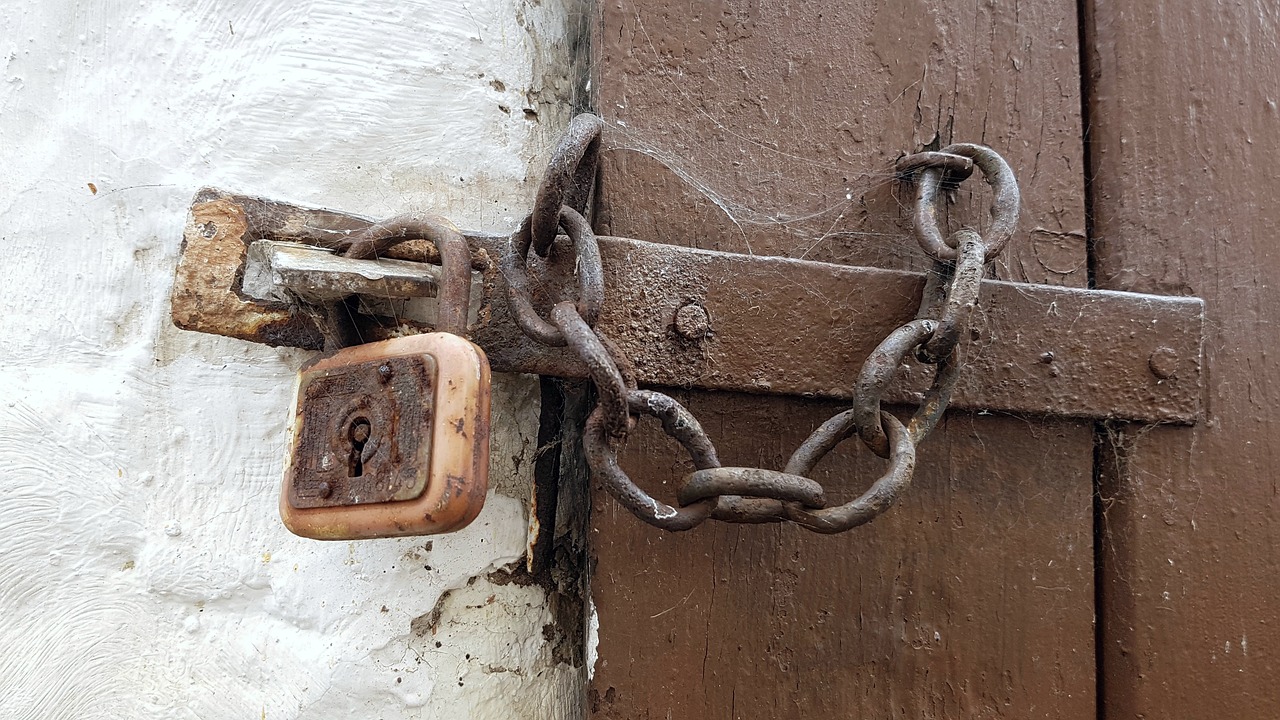
The Basics of the Food Chain
Understanding the fundamental concepts of the food chain is essential for kids, as it lays the groundwork for their appreciation of ecology and the interdependence of living organisms. At its core, the food chain is a series of steps through which energy and nutrients flow in an ecosystem. Think of it as a delicious recipe where each ingredient plays a vital role in creating a balanced dish. The food chain typically consists of three main components: producers, consumers, and decomposers.
Producers are the green heroes of our food chain. They are usually plants and algae that harness energy from the sun through a process called photosynthesis. Imagine them as the chefs who prepare the meal, using sunlight as their secret ingredient. Without producers, the food chain would collapse because there would be no energy source for the other levels.
Next, we have the consumers, which can be further divided into primary, secondary, and tertiary categories. Primary consumers are typically herbivores that munch on the producers, while secondary consumers are carnivores that feast on the primary consumers. Tertiary consumers sit at the top of the food chain, preying on secondary consumers. You can think of consumers as the diners at a restaurant, each choosing different meals from the menu, depending on what they enjoy and what is available.
Finally, we have the decomposers, like fungi and bacteria, who play the crucial role of breaking down dead organic matter. They are the unsung heroes of the ecosystem, ensuring that nutrients are returned to the soil, ready to be reused by producers. If producers are the chefs and consumers the diners, then decomposers are the dishwashers, cleaning up after the meal and making sure nothing goes to waste.
To visualize these components, let's break it down in a simple table:
| Component | Role |
|---|---|
| Producers | Convert sunlight into energy through photosynthesis |
| Primary Consumers | Herbivores that eat producers |
| Secondary Consumers | Carnivores that eat primary consumers |
| Tertiary Consumers | Top predators that eat secondary consumers |
| Decomposers | Break down dead matter and recycle nutrients |
By grasping these basic concepts, children can begin to appreciate the delicate balance of ecosystems and the importance of each organism's role within the food chain. It’s like a well-orchestrated symphony, where every instrument has its part to play, contributing to the overall harmony of life on Earth. So, the next time you see a plant, an animal, or even a tiny decomposer, remember that they are all part of this amazing web of life!
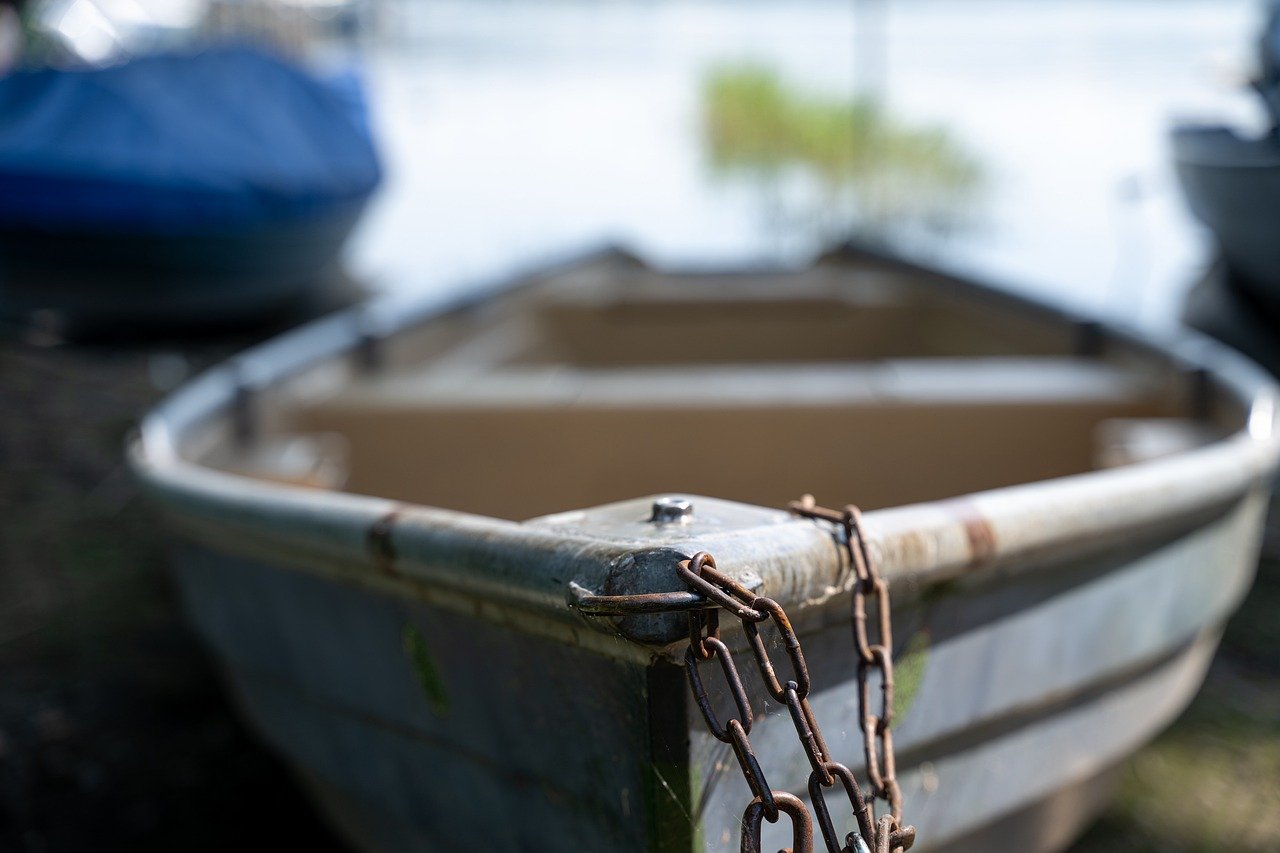
Craft Ideas for Food Chain Models
Creating food chain models is not just a fun activity; it's a fantastic way to help children grasp the intricate relationships within ecosystems. Engaging in hands-on crafts allows kids to visualize concepts that might otherwise seem abstract. By building their own food chain models, children can see how energy flows from one organism to another, making learning both interactive and memorable. Imagine the excitement on their faces as they transform simple materials into vibrant representations of nature's cycles!
One of the most enjoyable aspects of crafting food chain models is the ability to unleash creativity. Kids can use various materials to represent different components of the food chain, such as plants, herbivores, carnivores, and decomposers. This not only reinforces their understanding but also allows them to express their artistic side. For instance, they might use colored paper to create a lush green forest for their primary producers or craft cute little animals from clay to represent consumers.
Here are a couple of engaging craft ideas that can help bring the food chain to life:
- Food Chain Mobile: Kids can create a hanging mobile that depicts the food chain in their chosen ecosystem. By suspending different organisms at various heights, they can illustrate how energy flows from the sun to plants and then to herbivores and carnivores.
- Food Chain Collage: Using magazines, children can cut out pictures of different plants and animals to create a collage. This activity encourages them to research different species and understand their roles in the ecosystem.
Moreover, these crafts can incorporate educational elements. For example, while constructing a food chain model, kids can label each organism with its role (producer, consumer, or decomposer) and a fun fact about it. This not only enhances their learning experience but also encourages them to share their newfound knowledge with friends and family, further reinforcing what they've learned.
As they engage in these crafting activities, children can also discuss the importance of each component in the food chain. Why are producers essential? What happens if a particular species disappears? These questions can spark lively discussions, making the learning process even more enriching. By crafting their models, kids become little ecologists, exploring and understanding the delicate balance of nature.
In conclusion, crafting food chain models is a dynamic way to teach children about ecology. It combines creativity with education, making complex concepts accessible and enjoyable. So gather those materials, let the imagination flow, and watch as children create their own unique representations of the food chain!
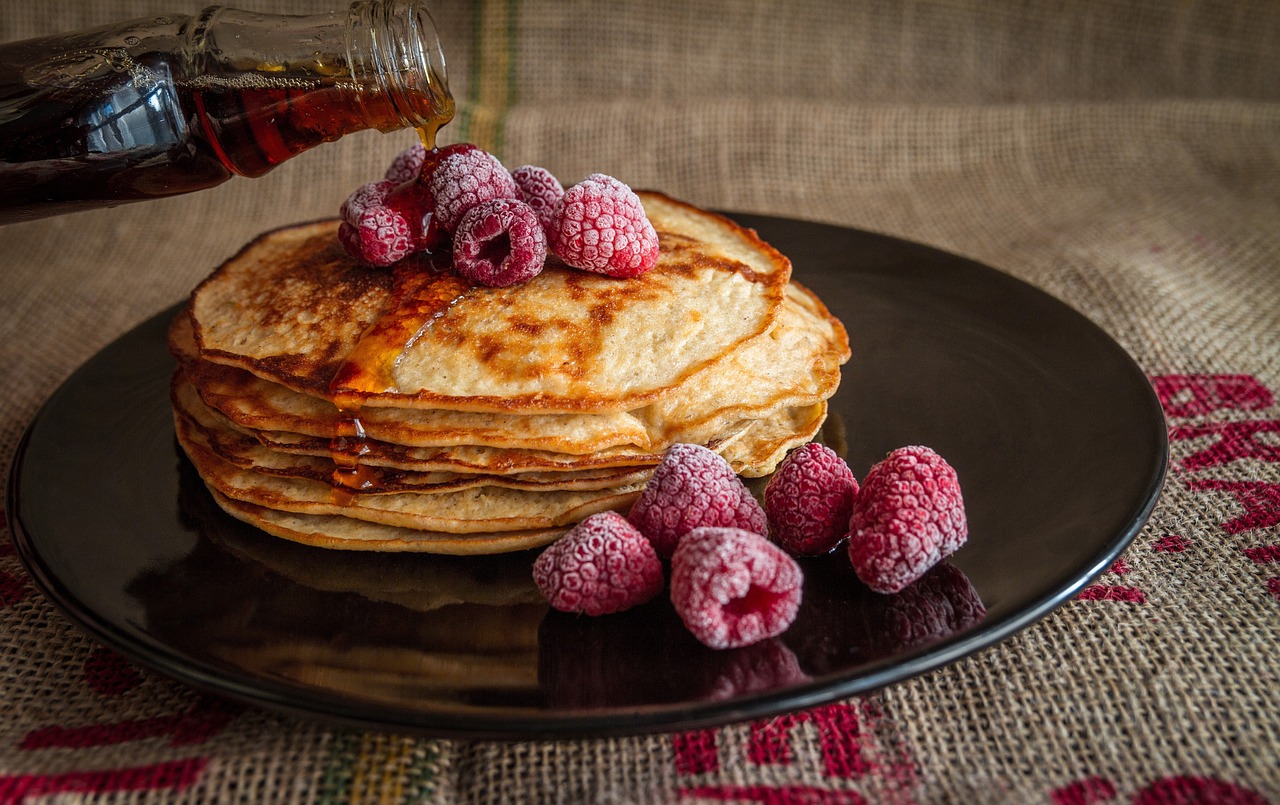
Using Recycled Materials
When it comes to teaching kids about the food chain, incorporating recycled materials into your crafts not only promotes creativity but also instills a sense of environmental responsibility. Imagine transforming everyday items that would otherwise end up in the trash into educational tools that make learning fun! By using materials like old magazines, cardboard boxes, plastic bottles, and even egg cartons, you can create engaging food chain models that are both informative and eco-friendly.
One of the great things about using recycled materials is that they can be found in almost every household. This makes it easy for parents and teachers to gather supplies without breaking the bank. For instance, an empty cereal box can be cut and painted to represent a primary producer, while plastic bottle caps can be used to depict various levels of consumers. The possibilities are endless! Plus, it gives children a chance to think critically about waste and the importance of recycling.
Here are some ideas for using recycled materials in your food chain crafts:
- Cardboard Cutouts: Use old cereal boxes to cut out shapes representing different organisms in the food chain. Kids can decorate them with markers and glue them onto a poster board.
- Plastic Bottles: Cut the tops off plastic bottles to create plant models or use them as containers for small animal figures.
- Egg Cartons: Each compartment can represent a different level in the food chain. Paint them to resemble various animals or plants.
By engaging in these activities, children learn not only about the food chain but also about the importance of sustainability. They see firsthand how items that might seem useless can be transformed into valuable learning tools. This hands-on approach makes the concepts of producers, consumers, and decomposers more tangible and relatable.
Moreover, crafting with recycled materials can lead to discussions about the environment. Questions like, "What happens to waste if we don't recycle?" or "How can we help our planet?" can arise during these activities, fostering a deeper understanding of ecology. This holistic approach to learning ensures that children not only grasp the scientific concepts but also feel empowered to make a difference in their communities.
In summary, using recycled materials for food chain crafts is a brilliant way to combine education with environmental consciousness. It encourages kids to think creatively while learning about the vital roles that different organisms play in our ecosystems. So gather those recyclables, unleash your creativity, and watch as your children embark on an exciting journey through the food chain!
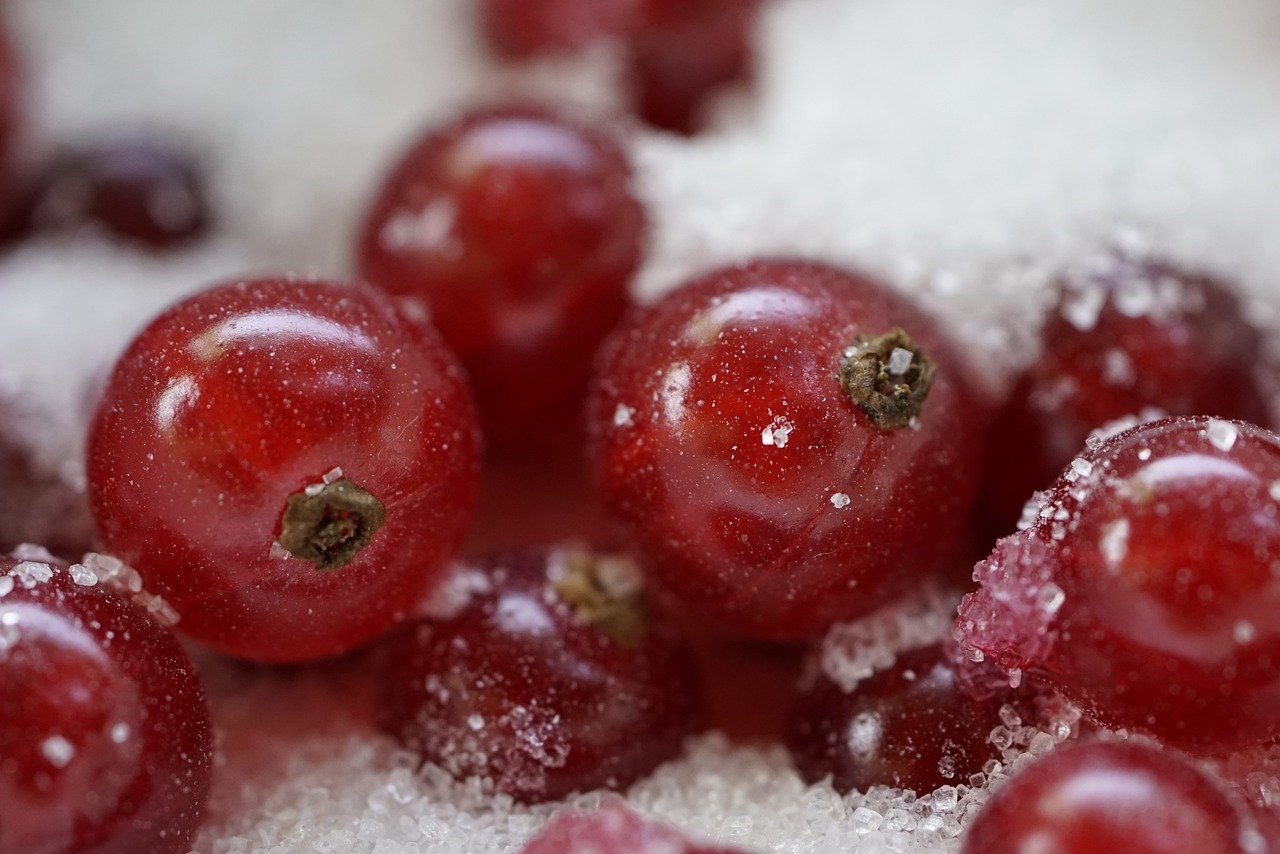
Paper Plate Food Chains
Creating is not just a fun craft; it’s a fantastic way to help kids visualize and understand the intricate relationships within ecosystems. Using simple materials like paper plates, markers, and some creativity, children can bring the food chain to life right before their eyes. Imagine transforming a plain paper plate into a vibrant representation of the natural world! This activity is perfect for young learners, as it combines artistry with ecological education, making it both engaging and informative.
To start, gather the following materials:
- Paper plates (one for each level of the food chain)
- Markers, crayons, or colored pencils
- Glue and scissors
- Construction paper (optional for extra decorations)
Begin by explaining the basic components of a food chain, which typically includes producers, consumers, and decomposers. For instance, the sun is the ultimate source of energy, which supports plants (producers) that create their own food. Then, animals that eat plants (herbivores) and those that eat other animals (carnivores) fit into the consumer category. Finally, decomposers like fungi and bacteria play a crucial role in breaking down dead organic matter, returning nutrients to the soil.
Once the kids grasp these concepts, have them decorate their paper plates according to the food chain they’ve chosen. For example, one plate could represent a sunny field with grass, while another could depict a rabbit munching on the grass. You can create a visual hierarchy by stacking the plates or hanging them in a line, demonstrating how energy flows from one level to another. This not only reinforces their understanding but also allows them to express their creativity.
Here’s a simple way to organize their food chain:
| Level | Example Organism | Description |
|---|---|---|
| Producers | Grass | Plants that produce energy through photosynthesis. |
| Primary Consumers | Rabbits | Herbivores that eat plants. |
| Secondary Consumers | Foxes | Carnivores that eat herbivores. |
| Decomposers | Fungi | Organisms that break down dead matter. |
This craft not only enhances their understanding of the food chain but also fosters teamwork and discussion as they share their creations with peers. Kids can present their paper plates, explaining the roles of each organism and how they interact within the ecosystem. This interactive element encourages collaboration and communication, making learning a shared experience.
In conclusion, paper plate food chains are an excellent educational tool that combines creativity with ecological knowledge. They allow kids to see the connections in nature, making the abstract concept of a food chain tangible and relatable. So gather those paper plates and let the learning begin!
Q: What age group is this craft suitable for?
A: This craft is ideal for children aged 5 to 10, but older kids can also enjoy it by adding more complex food chains and details.
Q: How long does it take to complete this activity?
A: Depending on the children's creativity, the activity can take anywhere from 30 minutes to an hour.
Q: Can we use other materials besides paper plates?
A: Absolutely! You can use cardboard, foam plates, or even recycled materials to create your food chain models.
Q: How can we expand this activity?
A: To expand the activity, consider incorporating a nature walk where children can observe real-life examples of food chains in their local environment.
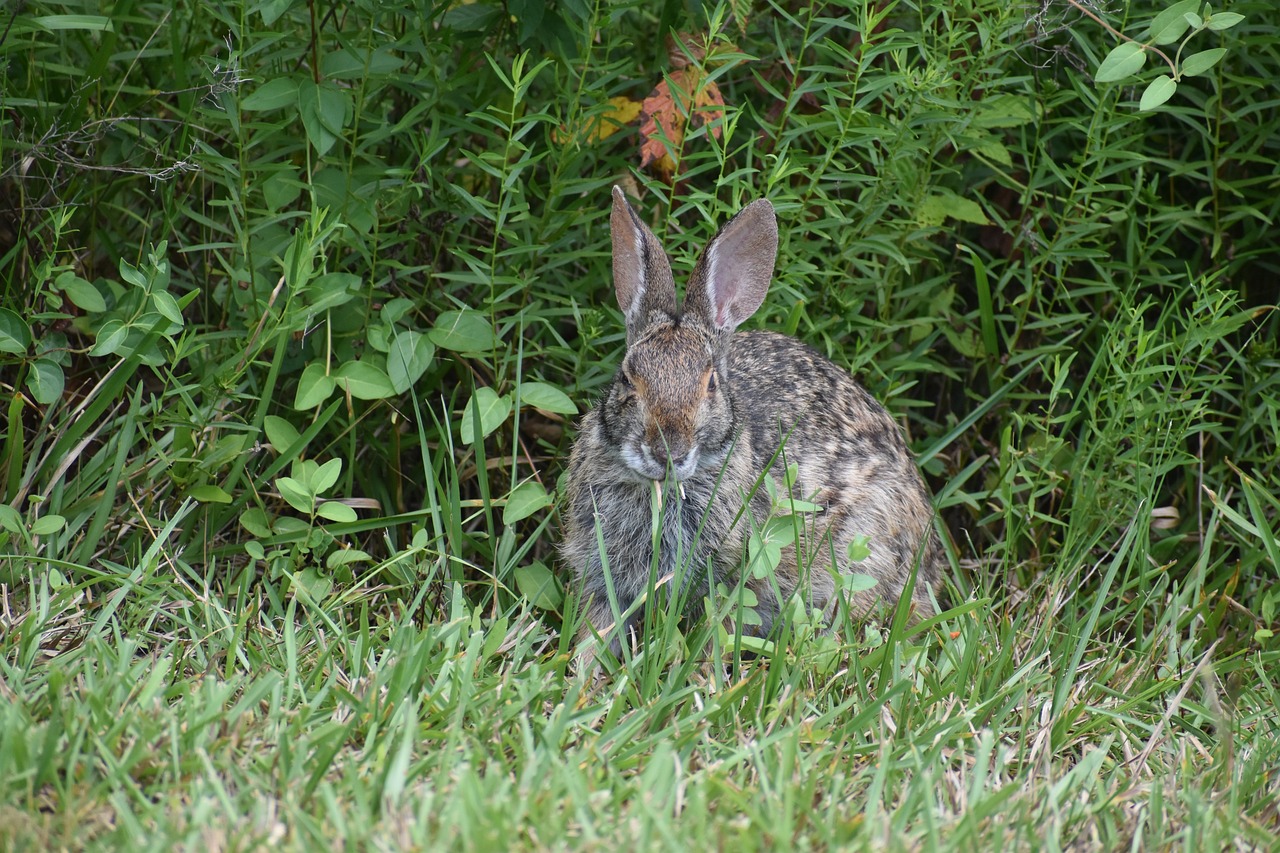
3D Food Chain Dioramas
Creating is an exciting and interactive way for kids to visualize and understand the relationships between different organisms in an ecosystem. Imagine taking a simple idea and transforming it into a vibrant, three-dimensional representation that brings the food chain to life! This hands-on project not only reinforces ecological concepts but also sparks creativity and critical thinking. So, how do we dive into this crafty adventure?
First, gather your materials! You’ll need a sturdy base like a cardboard box or a wooden board to serve as the foundation for your diorama. Then, collect various crafting supplies such as colored paper, clay, plastic animals, and natural elements like twigs and leaves. The beauty of this project is that you can use recycled materials to minimize waste while maximizing fun. Think about using old shoe boxes, bottle caps, or even cut-up magazines to represent different organisms.
Next, it’s time to plan your food chain. Start by discussing the different levels: producers, consumers, and decomposers. For instance, your diorama could showcase a simple food chain like grass (producer) → rabbit (primary consumer) → fox (secondary consumer) → fungi (decomposer). By illustrating these relationships in a 3D format, children can better grasp how energy flows through an ecosystem. You might even want to draw a diagram on paper first to map out where each organism will go!
Once the plan is set, begin crafting each component. Kids can mold clay into animals, cut out pictures from magazines, or paint rocks to represent different species. As they create, encourage them to think about the role each organism plays in their food chain. Why is the producer important? What happens when a consumer population increases? This reflective process deepens their understanding of ecological balance.
After assembling the components, it’s time to bring the diorama to life! Arrange the organisms on the base, ensuring they are positioned in a way that clearly shows the food chain. You can use strings or yarn to connect the organisms, illustrating the flow of energy. This visual representation helps solidify the concept in their minds. Plus, it makes for a great conversation starter!
Finally, display the finished diorama proudly! Consider hosting a mini-exhibition where kids can present their projects to family or friends. This not only boosts their confidence but also allows them to share what they’ve learned about the food chain and ecology. By engaging in this creative process, children not only learn about the food chain but also develop skills in teamwork, presentation, and critical thinking.
In conclusion, 3D food chain dioramas are more than just a fun craft; they are an educational tool that brings ecological concepts to life. By engaging in this hands-on activity, children can explore the intricate connections within ecosystems while fostering a love for nature and learning. So, gather your materials, unleash your creativity, and let’s get crafting!
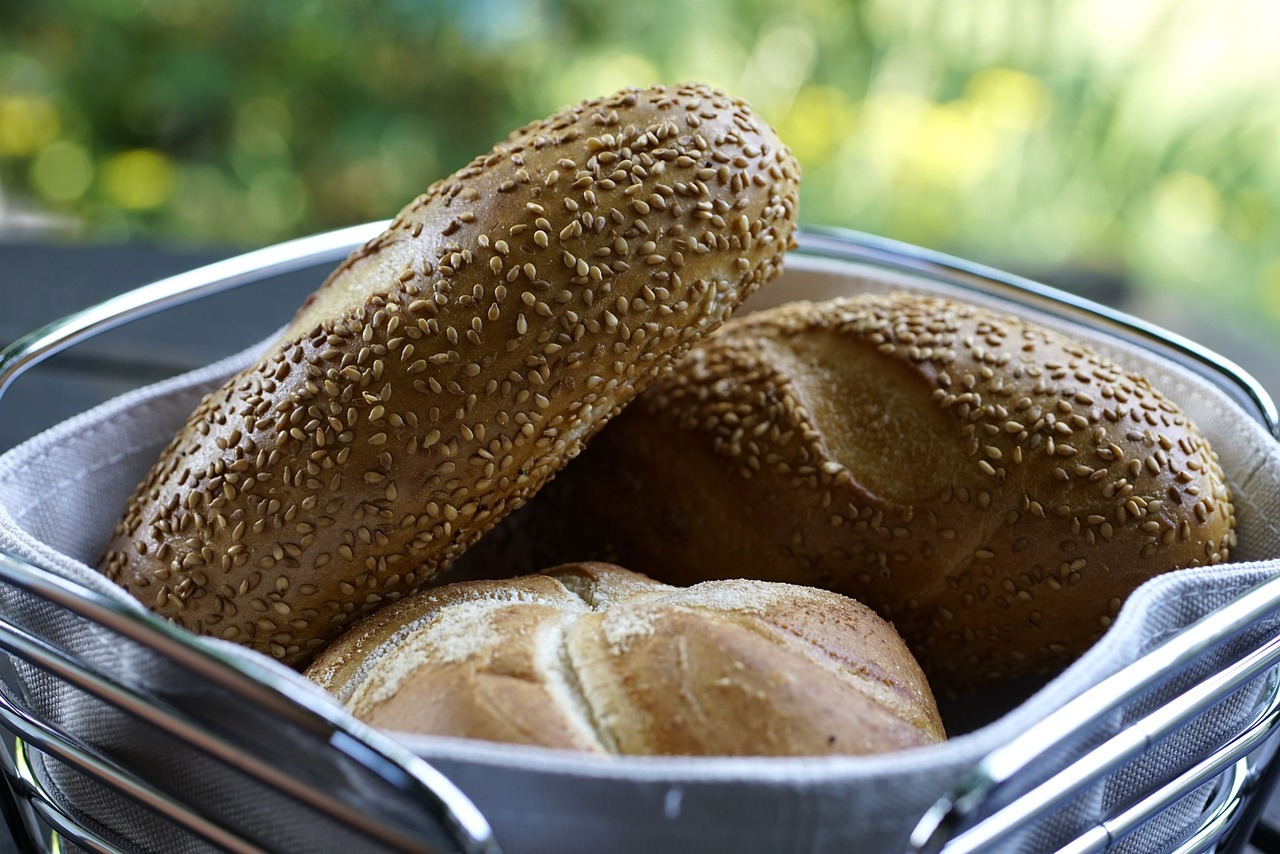
Interactive Games to Reinforce Learning
When it comes to teaching kids about the food chain, interactive games can make a world of difference! Think about it: kids learn best when they’re having fun. By incorporating games into your lessons, you can turn complex ecological concepts into engaging activities that stick in their minds. After all, who doesn’t love a good game? Here are some exciting ideas to get you started!
One of the most effective games is the “Food Chain Relay Race.” In this game, children are divided into teams and assigned different roles such as producers, primary consumers, secondary consumers, and decomposers. Each team must race to collect items that represent their role in the food chain. For example, a team of producers might collect leaves (representing plants), while primary consumers gather small plastic animals (like rabbits) and so on. The first team to correctly assemble their food chain wins! This not only reinforces their understanding of each role but also gets them moving and excited.
Another fantastic game is the “Food Chain Bingo.” Create bingo cards featuring different organisms that fit into the food chain, such as grass, rabbits, foxes, and mushrooms. As you call out different organisms, kids can mark them on their cards. This game encourages them to think about how these organisms interact and their positions within the food chain. Plus, it’s a great way to introduce new vocabulary in a fun way!
To add an element of surprise, consider a game called “Mystery Food Chain.” In this game, you can prepare cards with images or names of various organisms. Shuffle the cards and have kids draw them randomly. They then have to work together to create a food chain using the cards they picked. This encourages teamwork and critical thinking as they discuss and decide how to arrange their organisms in a logical food chain order.
For a more digital approach, there are numerous online games and apps designed to teach kids about ecosystems and food chains. Websites like National Geographic offer interactive games that allow children to build their own ecosystems and see how food chains operate in real-time. These digital experiences can complement physical activities and provide a well-rounded understanding of ecological concepts.
Lastly, don’t forget about the power of storytelling in games. You could create a role-playing game where children take on the identities of different organisms in a food chain and act out their interactions. For example, one child could be a plant, another a herbivore, and yet another a carnivore. They can narrate their actions and decisions based on what they would do in the wild. This not only reinforces learning but also sparks creativity and imagination!
In summary, interactive games are an amazing way to reinforce learning about the food chain. They not only make the learning process enjoyable but also encourage kids to think critically about ecology and their environment. So, gather your materials, get the kids involved, and watch as they learn through play!
Q: What age group is suitable for these games?
A: These interactive games can be adapted for various age groups, typically from preschool to elementary school. Tailor the complexity of the concepts to match the children's understanding.
Q: How can I create my own food chain bingo cards?
A: You can create bingo cards using a simple template. List different organisms in a grid format and print them out. Make sure to include a mix of producers, consumers, and decomposers for a comprehensive game.
Q: Are there any online resources for food chain games?
A: Yes! Websites like National Geographic and PBS Learning Media offer a variety of online games and resources that can enhance children's understanding of food chains and ecosystems.

Exploring Local Ecosystems
Connecting crafts to local ecosystems can deepen children's understanding of the food chain and its importance in our world. When kids step outside and engage with their surroundings, they begin to see the intricate web of life that exists right in their backyard. Imagine walking through a park or a forest, where every leaf, insect, and animal plays a role in the larger story of nature. This hands-on experience not only makes learning fun but also instills a sense of responsibility towards the environment.
One of the best ways to explore local ecosystems is through organized field trips or nature walks. These excursions allow children to observe real-life food chains in action. For instance, they can watch how a hawk hunts a rabbit, or see how plants provide food for insects. During these explorations, kids can engage their senses—feeling the textures of bark, listening to the rustle of leaves, and smelling the fresh earth after rain. Such experiences can be truly transformative, turning abstract concepts into vivid realities.
While exploring, it's essential to encourage children to document their findings. This could be as simple as having them jot down notes or draw pictures of the plants and animals they encounter. By reflecting on their experiences, kids not only reinforce their learning but also develop critical thinking skills. You might ask them questions like, "What role do you think this plant plays in the ecosystem?" or "Can you identify the predator and prey in this area?" These prompts can lead to deeper discussions about the interconnectedness of life.
To help structure their observations, you can provide children with a simple observation chart. This chart can include categories such as:
| Observation Date | Location | Plants Observed | Animals Observed | Notes |
|---|---|---|---|---|
| MM/DD/YYYY | Park Name | Grass, Oak Tree | Birds, Squirrels | Found a nest in the tree! |
This chart not only organizes their findings but also serves as a great conversation starter when discussing what they've learned. It's fascinating to see how children’s perceptions of food chains evolve as they connect the dots between what they see in nature and the concepts they've learned in the classroom.
Incorporating local ecosystems into your crafting and learning activities is a fantastic way to make ecology come alive for kids. By exploring their environment, they gain a deeper appreciation for nature and understand the vital roles that different organisms play in maintaining ecological balance. So, grab your craft supplies, head outdoors, and let the adventure begin!
Q: How can I get my child interested in exploring local ecosystems?
A: Start by taking them on nature walks, visiting parks, or even setting up a small garden at home. Encourage them to observe and ask questions about what they see.
Q: What materials do I need for documenting observations?
A: All you need is a notebook or some paper, colored pencils or crayons, and perhaps a camera for taking pictures of interesting finds!
Q: Are there specific times of the year that are better for exploring ecosystems?
A: Each season offers unique opportunities. Spring is great for observing new plant growth and animal activity, while fall showcases beautiful foliage and animal preparations for winter.
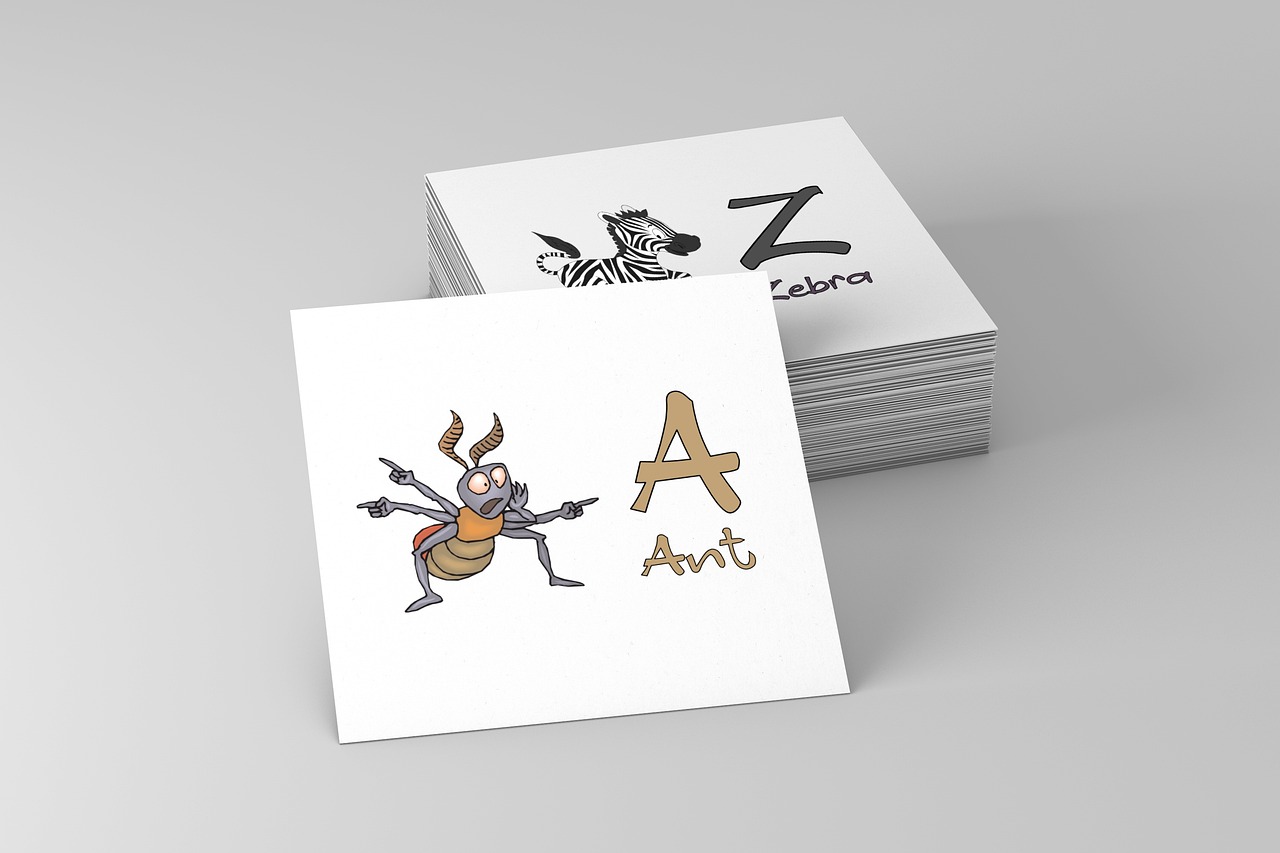
Field Trips and Nature Walks
Field trips and nature walks are not just fun excursions; they are gateway experiences for children to immerse themselves in the natural world. Imagine stepping outside the classroom and into a vibrant ecosystem teeming with life! These hands-on experiences are invaluable in helping kids connect the dots between what they learn in books and the real world around them. By observing plants, animals, and their interactions, children can see firsthand how the food chain operates and why each component is crucial for ecological balance.
When planning a field trip, consider visiting local parks, nature reserves, or even botanical gardens. These locations often provide guided tours or educational programs tailored for children, making the experience both informative and engaging. During these outings, children can participate in activities such as:
- Bird Watching: Equip kids with binoculars and let them observe various bird species, discussing their roles as predators or prey.
- Plant Identification: Encourage children to identify local flora and understand their function as primary producers in the food chain.
- Insect Exploration: Kids can search for insects and learn about their roles as decomposers or consumers, enhancing their understanding of the ecosystem.
Nature walks can be equally enriching. A simple stroll through a local forest or along a riverbank can spark curiosity and wonder. Encourage kids to ask questions like, “What do you think this animal eats?” or “How does this plant help other organisms?” These inquiries foster a sense of exploration and critical thinking. It's also a great opportunity to teach them about the importance of biodiversity and how every organism, no matter how small, plays a role in the food chain.
To make the most of these experiences, consider having the children document their findings. They can take notes, draw pictures, or even create a mini-journal of their observations. This not only reinforces their learning but also gives them a tangible way to reflect on their experiences. You could set up a simple table to track different species they encounter, noting their role in the food chain:
| Species | Role in Food Chain | Notes |
|---|---|---|
| Oak Tree | Primary Producer | Provides shelter and food for various animals. |
| Deer | Herbivore (Primary Consumer) | Feeds on plants and is prey for predators. |
| Fox | Carnivore (Secondary Consumer) | Predator of small mammals like rabbits. |
In conclusion, field trips and nature walks are powerful tools for teaching children about ecology and the food chain. They offer opportunities for hands-on learning, spark curiosity, and encourage critical thinking. By stepping outside and engaging with their environment, children can develop a deeper appreciation for nature and an understanding of the intricate web of life that sustains us all.

Documenting Findings
When kids embark on their outdoor adventures to explore local ecosystems, it's crucial for them to document their findings. This process not only reinforces what they’ve learned about food chains but also encourages a sense of curiosity and responsibility towards nature. Imagine them as little scientists, armed with notebooks and pencils, ready to uncover the mysteries of the environment around them!
One effective way to document observations is through a nature journal. This can be a simple notebook where children can sketch the plants and animals they see, jot down notes about their behaviors, and even collect leaves or small samples (with permission, of course!). Encourage them to include details such as:
- What plants or animals they observed
- How these organisms interact with each other
- Any changes in the environment (like the weather or time of day)
- Questions they might have about their observations
Another engaging method is to create a visual poster that combines drawings, photographs, and written observations. This can serve as a colorful representation of their findings and can be displayed at home or in the classroom. Here’s how to structure it:
| Section | Description |
|---|---|
| Title | Give your poster a catchy name that reflects your findings. |
| Images | Add drawings or printed photos of the organisms you observed. |
| Observations | Write down interesting facts or behaviors you noticed. |
| Questions | Include any questions you have about your observations for future exploration. |
Lastly, sharing their findings with family and friends can be a fun way to wrap up their learning experience. They could host a mini-presentation or even a show-and-tell session where they explain what they discovered about the food chain in their local ecosystem. This not only boosts their confidence but also reinforces their understanding as they teach others.
In summary, documenting findings is an essential part of the learning journey. By encouraging children to observe, reflect, and share, we help them develop a deeper appreciation for the intricate web of life that surrounds them. So, grab those notebooks and get ready to explore the wonders of nature!
Q: Why is documenting findings important for kids?
A: Documenting findings helps children reinforce their learning, encourages curiosity, and fosters a sense of responsibility towards nature.
Q: What should kids include in their nature journals?
A: Kids should include sketches, notes on their observations, details about interactions between organisms, and any questions they might have.
Q: How can kids share their findings?
A: Kids can share their findings through presentations, visual posters, or even show-and-tell sessions with family and friends.
Frequently Asked Questions
- What is the food chain?
The food chain is a series of steps that shows how energy and nutrients flow from one organism to another in an ecosystem. It starts with producers like plants, which are eaten by consumers such as herbivores, and then these herbivores may be eaten by predators. Decomposers, like fungi and bacteria, break down dead organisms, returning nutrients to the soil and completing the cycle.
- Why is it important for kids to learn about the food chain?
Learning about the food chain helps kids understand the interconnectedness of life and the importance of each organism in an ecosystem. It fosters a sense of responsibility towards nature and encourages them to think critically about environmental issues, making them more aware of how their actions can impact the world around them.
- What are some fun craft ideas for teaching the food chain?
There are plenty of fun craft ideas to teach kids about the food chain! You can create paper plate models, where each plate represents a different level of the food chain. Another exciting project is building 3D dioramas that illustrate various ecosystems and the organisms that inhabit them. Using recycled materials not only makes it eco-friendly but also sparks creativity!
- How can we use recycled materials for food chain crafts?
Recycled materials are a fantastic way to create food chain crafts! You can use items like cardboard boxes, plastic bottles, and old magazines to represent different organisms. For example, you can cut out animal shapes from magazines or use bottle caps to represent different food chain levels. This approach not only teaches kids about the food chain but also emphasizes the importance of recycling.
- What are some interactive games to reinforce food chain concepts?
Interactive games can make learning about the food chain a blast! Games like food chain bingo or role-playing activities where kids act out different organisms can enhance their understanding. These games encourage teamwork and make the learning process engaging and memorable!
- How can we explore local ecosystems to learn about food chains?
Exploring local ecosystems is a great way for kids to see food chains in action! Organizing field trips or nature walks allows them to observe plants and animals in their natural habitats. Encourage them to look for different organisms and think about their roles in the food chain. It’s a hands-on experience that brings the concepts to life!
- What should kids document during their outdoor observations?
While exploring, kids can document their findings in various ways, such as keeping a nature journal where they draw or write about the organisms they see. They can also take photos or create a digital presentation to share their observations. This not only reinforces their learning but also encourages reflection on their experiences in nature.



















